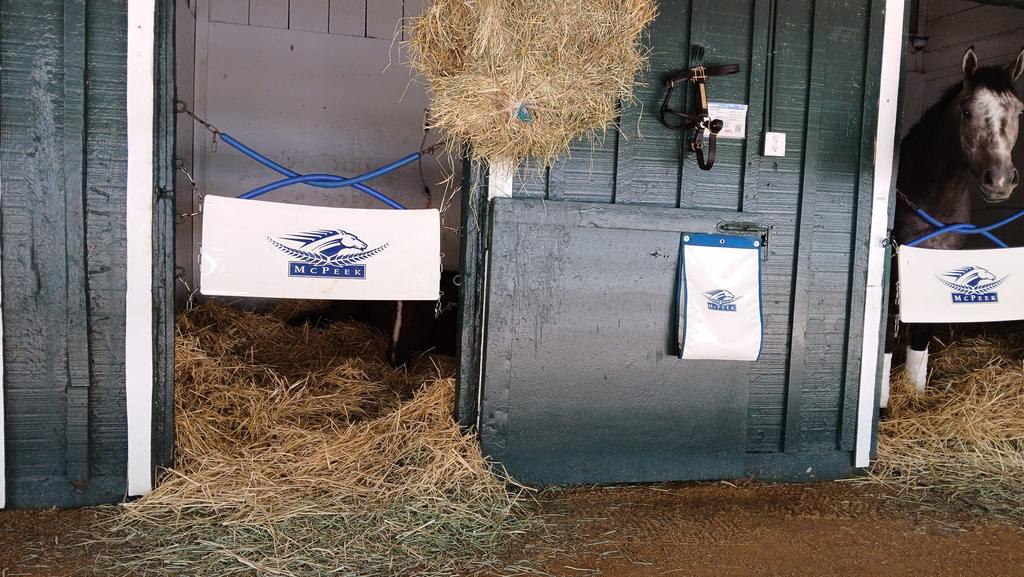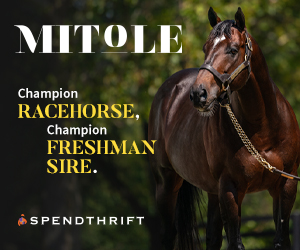
The Preakness Stakes stands out as one of the most prestigious events in American thoroughbred horse racing. Known for its rich history and vibrant traditions, it forms a crucial part of the Triple Crown, drawing spectators and participants from around the globe. As we look forward to the 149th running of the Preakness Stakes on May 18, this guide will delve into the event’s background, significant moments, and the exciting features that make it a highlight of the racing calendar.
Preakness Stakes Overview
The race occurs on the third Saturday in May, aligning with Armed Forces Day, and is known for featuring top three-year-old thoroughbreds competing over a distance of 1-3⁄16 miles.
Date and Location
Every year, enthusiasts mark their calendars for the third Saturday in May to witness the Preakness Stakes at Baltimore’s historic Pimlico Race Course. This year, the race is scheduled for May 18, perfectly aligned with Armed Forces Day, adding an extra layer of celebration to the event.
Historical Significance
Initiated in 1873, two years before the Kentucky Derby, the Preakness Stakes was named after the colt Preakness, who clinched the Dinner Party Stakes on the day Pimlico opened. Over the decades, the race has evolved, experiencing changes in its scheduling and format, yet it has always maintained its high status in the horse racing community.
The Race Format
The Preakness Stakes covers a distance of 1-3⁄16 miles (1.91 kilometers) on dirt, a test of endurance and speed for three-year-old thoroughbreds. Colts and geldings carry 126 pounds, while fillies carry 121 pounds, competing for a prize that has dramatically increased over the years.
Prize Pool Evolution
The financial rewards of the Preakness Stakes have grown significantly since its inception when the purse was a mere $1,000. Today, competitors race for a chance to win part of a purse that reached $1,650,000 in 2024, reflecting the race’s prestige and the high level of competition it attracts.
Key Traditions and Innovations
Traditions like the winner’s colors painting the weather vane and the blanket of black-eyed Susans placed on the winning horse have become iconic, while recent innovations include the InfieldFest, enhancing the spectator experience.
The Woodlawn Vase
Since 1917, winners of the Preakness Stakes have been awarded the Woodlawn Vase, one of the most valuable trophies in sports. Originally, winners did not keep the vase, but today, they receive a replica, with the original displayed under guard during the event.
Infield Festivities
The Preakness is not only about horse racing but also about community and celebration. The InfieldFest, a recent addition, transforms the infield into a vibrant festival with live music, unlimited beer refills for Mug Club members, and various entertainment options, ensuring that Preakness Day is memorable for all attendees.
Records and Memorable Moments
Secretariat set a remarkable speed record at the Preakness Stakes in 1973 which remains a standout achievement in the race’s history. This record has not only stood the test of time but also attracts significant betting interest each year, with platforms like FanDuel.com offering fans the chance to engage with historical and current race odds. This integration of modern betting platforms helps preserve the legacy of iconic moments while introducing them to a new generation of racing enthusiasts.
Unforgettable Races
The Preakness has seen remarkable performances over the years. Secretariat’s legendary run in 1973, setting a record time of 1:53, stands out as a defining moment in horse racing history.
Impactful Changes
The event has adapted through times of challenge, including the 2020 edition held without spectators due to the COVID-19 pandemic. Such adaptations highlight the resilience and enduring appeal of the Preakness Stakes.
Economic Impact of the Preakness Stakes
The Preakness Stakes significantly contributes to the local and state economy, attracting tens of thousands of visitors to Baltimore each year. This influx of spectators and participants generates substantial revenue through hotel bookings, dining, and other tourist activities, enhancing the economic vitality of the area. Local businesses, particularly those in the hospitality and retail sectors, see a marked increase in customers during the race weekend. Moreover, the Preakness Stakes supports numerous jobs, from direct employment at the racecourse to secondary positions in service and supply industries.
The event also sparks considerable media attention and broadcasting deals, further amplifying its economic impact. Advertising and promotional activities surrounding the Preakness Stakes not only boost direct revenue but also enhance the global prestige of Maryland’s horse racing tradition.
Community Engagement and Charitable Contributions
The Preakness Stakes is deeply rooted in community involvement and philanthropy, playing a pivotal role in promoting social welfare in Baltimore and beyond. Each year, the event organizers partner with various local and national charities, directing a portion of the race proceeds to support health, education, and welfare initiatives. These partnerships not only aid in resource mobilization but also raise awareness about critical issues facing the community.
One of the prominent features of the Preakness Stakes is its commitment to youth programs. The event supports initiatives that introduce children and teenagers to equestrian sports, fostering new generations of enthusiasts and practitioners. Additionally, educational scholarships funded by the race profits help local students pursue higher education.
The race also serves as a platform for environmental sustainability projects, promoting practices that help preserve Maryland’s natural landscapes and resources. This commitment is manifested in the race’s operations, which increasingly focus on minimizing environmental impact through recycling, waste reduction, and sustainable resource use.
Future and Sustainability
Recent legislation has secured the future of the Preakness Stakes at Pimlico with plans for extensive renovations aimed at preserving the race’s heritage and ensuring its sustainability.
Ongoing Developments
The Maryland Jockey Club has recently approved a plan ensuring that the Preakness Stakes will remain at the renovated Pimlico Race Course, securing its future and preserving its heritage. Plans are underway for significant upgrades to the facilities, enhancing the experience for fans and participants alike.
Conclusion
As we anticipate the 149th Preakness Stakes, we reflect on a race that is much more than a sporting event. It is a celebration of history, tradition, and the spirit of horse racing. Whether you are a lifelong fan or a curious newcomer, the Preakness offers a window into the heart of American thoroughbred racing, promising excitement and unforgettable moments. So, mark your calendar for May 18, 2024, and become part of a historical event that continues to captivate and thrill audiences year after year.



